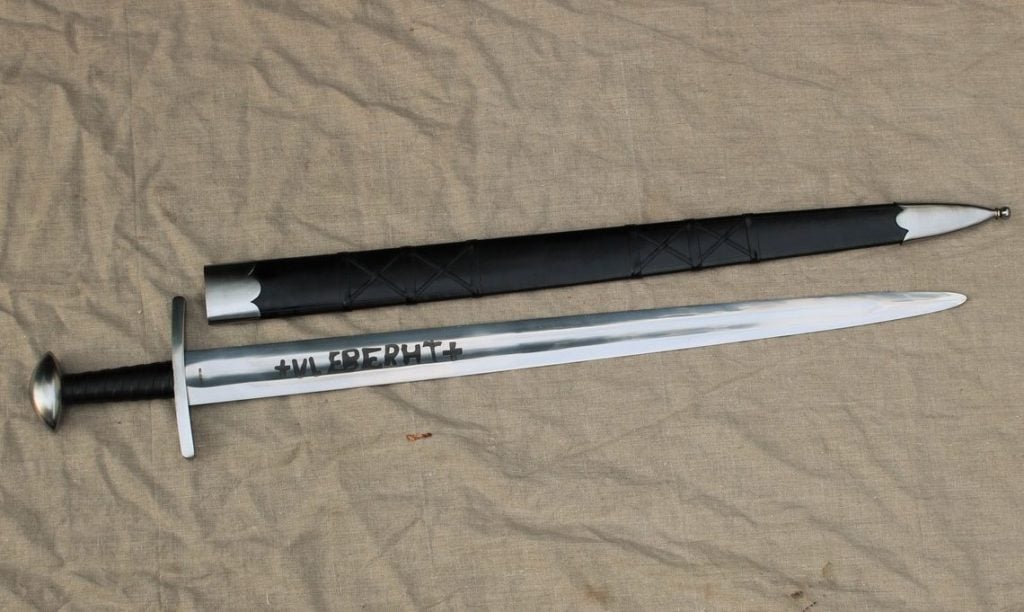When talking about medieval times, you should never forget about the weapons used by the military. Usually, the knights and soldiers used primitive weapons such as spears, axes, mace, daggers, crossbows, longbows, and caltrops, to name a few. But the most common weapon you can find on every knight was a sword. However, the people in Northern Europe between the 9th and 11th century had a distinct sword that other countries did not have, and that was the Ulfberht sword.
How the Ulfberht Sword Came to Be
The Ulfberht sword was in an era when the Viking swords existed and the high medieval swords commonly used by knights. Most of the blades back then were categorized as the “Oakeshott type X.” They were also the beginning of the much more diverse high medieval custom of blade inscriptions.
The blades’ reverse sides have a geometric pattern inlay, typically a braid pattern between vertical strokes. Several blades had the same pattern type, but they did not have the Ulfberht inscription.
The Ulfberht swords were created during a time when European swords were mainly pattern welded. But with bigger steel blooms slowly becoming accessible, better quality swords were forged after 1000 AD that most likely had crucible steel blades.
You can also find Ulfberht swords that were made in a variety of steel and production techniques. An example of an Ulfberht sword variant came from a 10th-century grave in Nemilany, Moravia. It had a pattern-welded core with welded-on hardened slicing edges. Another is a blade made from quality hypoeutectoid steel, potentially imported from central Asia.
The Sword’s Manufacturing Date
The first Ulfberht sword was traced as far back as the 9th and 10th centuries. However, further studies stated that swords with the Ulfberht inscription were in production up until the end of the 11th Century Viking era. One discovery in Eastern Germany found that the sword had a combination of the Ulfberht signature and the Christian inscription “in nomine domine,” which is roughly translated to “In the name of the Lord.” The blade was also found to have existed in the late 11th or early 12th century.

A modern replica of the Ulfberht sword along with the Ulfberht inscription.
The Origin of the Ulfberht Sword
Studies by medieval weapons experts showed that the Ulfberht sword originally came from the Rhineland region, a part of Western Germany. There were also Frankish origin traces on the original swords because of the personal name, Ulfberht, a sword discovered in Lower Saxony in 2012. The hilt was made of lead, which was also analyzed to be in the Taunus region, further solidifying the hypothesis of Frankish production of the Ulfberht swords. Even with the Frankish origins, they were mostly desired, reputable artifacts of Scandinavia’s Viking Age.
The Ulfberht sword is one of the many prehistoric swords that were a significant piece that shaped the weaponry to what it is today.


















